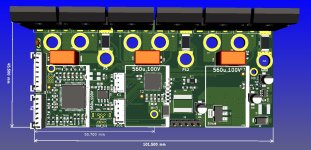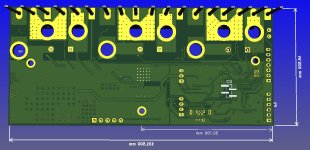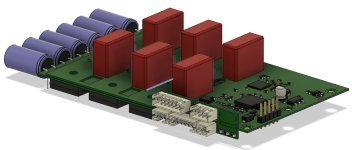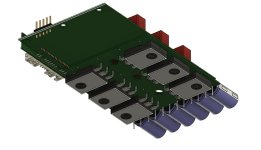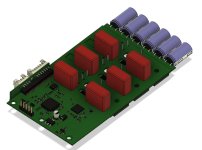4 layers has several benefits. I'm used to low volume runs and a good 2 layer layout takes like 10 times more than a good 4 layer layout, this is a win in both engineering cost and time to market. Its just simpler to route, and saves yourself headaches when you have to go through an EMC chamber.
I havent looked at this yet, but I imagine 4 layer will cost you an extra $3 or $4. If you are willing to spend $10 extra towards a higher quality product, $4 for the extra layers is where your money is best spent as it has an impact across every aspect of your design. More copper, denser component placement, better EMI, less design effort. Its like in a car, better tires is where you want to spend your first $, not mosfets.
In this case what really makes or breaks the product is the powerstage reliability, with focus in the gate driver. I'm keen to go through the layout and schematic, maybe for $0 to $6 in BOM cost increase we can make it last for 5 more years, or at least save shaman from angry customers and fires during testing!


